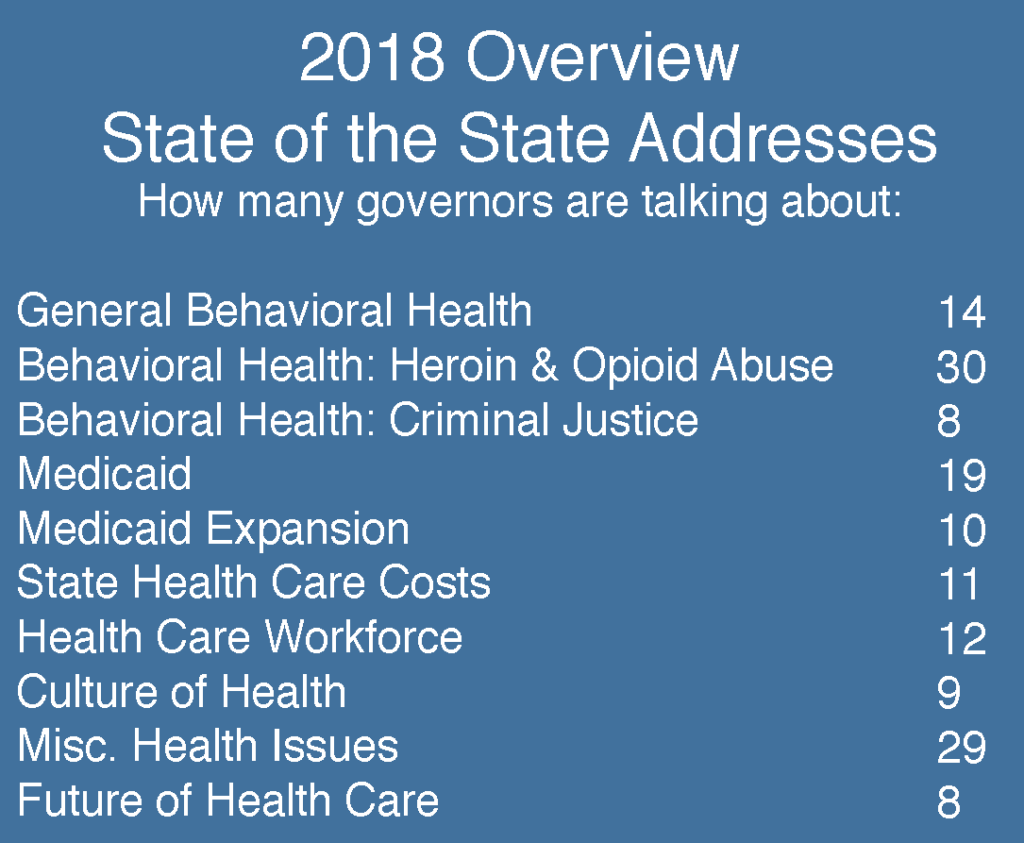Respite care and adult day services provide family caregivers with a break from the demands of caregiving.
- Respite care is a service that provides short-term relief for caregivers that is usually delivered in the home or a facility-based setting.
- Adult day services are an integrated system of therapeutic, social, and health-related services provided in a community-based group setting.
Although most state Medicaid waivers cover respite care and adult day services for older adults and adults with physical disabilities, the majority of states allocate a small fraction of their total 1915(c) waiver budget estimates toward these services. The median percentage of 1915(c) waiver funding allocated for respite care is 0.49%, while the median percentage for adult day services is 1.05%. While states have a variety of Medicaid authorities to cover Home and Community-Based Services (HCBS), this map focuses on 1915(c) waivers. Similar respite care utilization and cost estimates are not available in state plan amendments and 1115 waivers.
This map is the second in a series on respite care services. Explore this map to find out the percentage each state spends on respite care and adult day services for older adults and adults with physical disabilities out of their total 1915(c) waiver cost.
What Is an Appendix J in a 1915(c) Waiver Application?
When states submit their 1915(c) waivers for approval with the Centers for Medicare and Medicaid Services (CMS), they must demonstrate cost-neutrality during each year of the waiver’s five-year life cycle. This includes an estimate of each waiver service’s service unit, number of users, average units per user, average cost per unit, the overall service component cost, and the overall waiver cost.
These estimates are often based on CMS 372(S) data, phase-in/phase-out scheduling, experience in similar waivers, and an alternative basis estimate based on the experience of a state-funded program. While real-time respite service utilization is not readily available, this Appendix J data provides an accurate glimpse into how states prioritize respite within their 1915(c) waiver programs.
About This Map
NASHP analyzed 69 1915(c) waivers serving older adults and adults with physical disabilities for respite care and adults day services spending and utilization. Because reliable Medicaid respite care claims data was not available, NASHP used state cost estimates that are located in Appendix J within each Medicaid 1915(c) waiver application.
This map details the percentage spent on respite and adult day services over the total waiver cost (component cost/total waiver cost) for Waiver Year 1.
Acknowledgements
This project is supported by Administration for Community Living (ACL), U.S. Department of Health and Human Services (HHS) as part of a financial assistance award totaling $942,520 with 75 percent funded by ACL/HHS and $312,845 and 25 percent funded by non-government source(s). The contents are those of the authors and do not necessarily represent the official views of, nor are an endorsement, by ACL/HHS or the U.S. Government.
NASHP would also like to thank The John A. Hartford Foundation for providing the non-government matching funds for this project.



